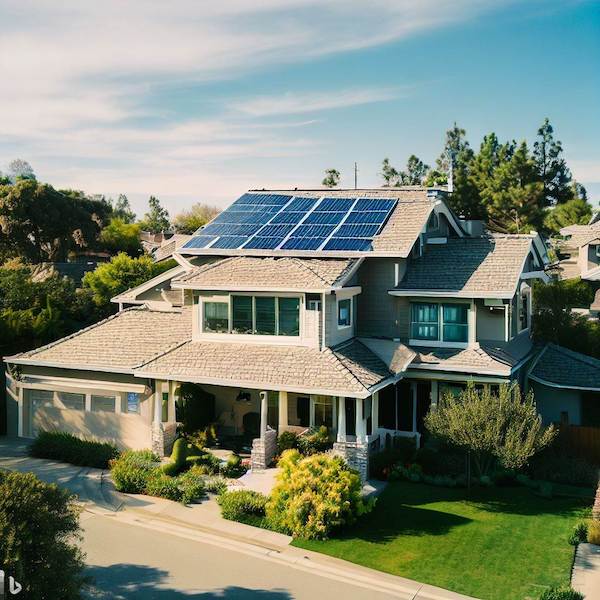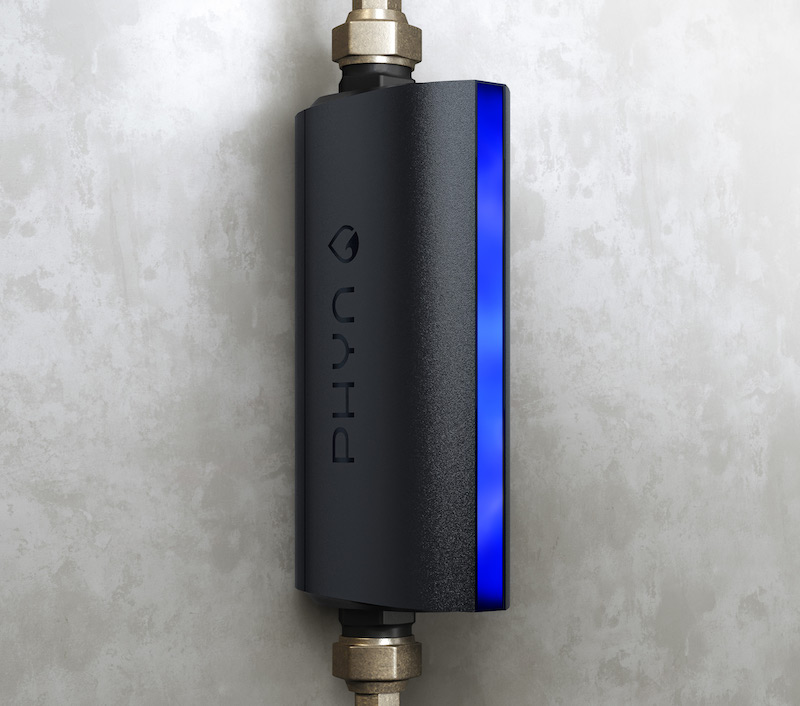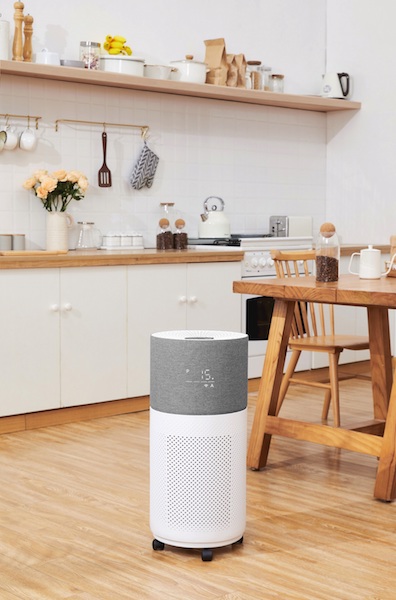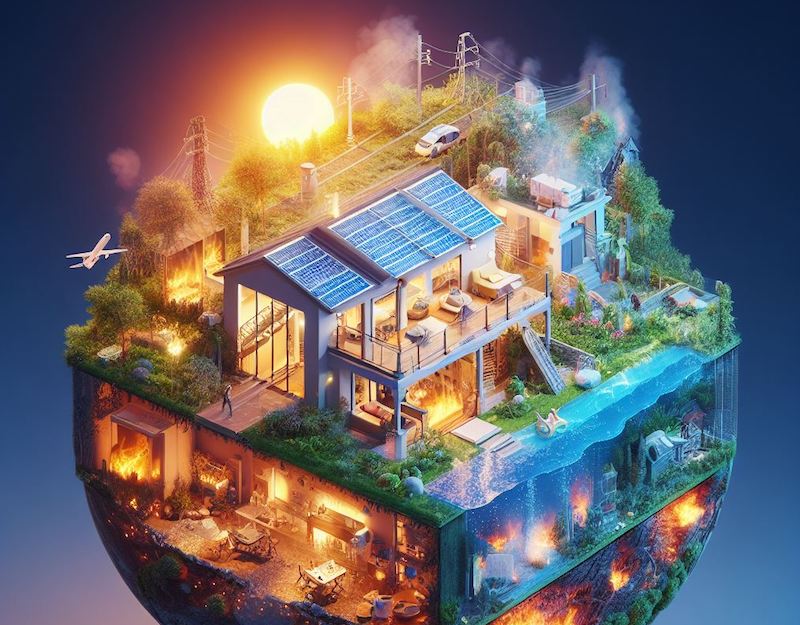The first part of this article focused on making the smart home systems in a home resilient to natural disasters and other events that can impact the ability of the homeowners and their family to live in their home (that article can be found here.) However, the other systems in the home are just as, if not more, important.
For those that didn’t read the first article in this series, I want to review my definition of a resilient home. A resilient home is a home that can:
- Withstand natural disasters and severe weather
- Operate without, or with minimal, impact to the occupants in the event of a loss of utility services
- Continue to operate without impacting the occupants in the event of a failure of one of the primary systems in the home. For example, the failure of a well pump causes the loss of fresh water to be delivered to the home.
- Operate efficiently using a minimal number of natural resources so all systems in the home operate independently for an extended period of time
- Provide a healthy living environment for the occupants
- Be adaptable to changing conditions and requirements over time
- Take actions to prevent issues from occurring in, and around, the home
- When issues in the home are detected, take actions to minimize the damage
A resilient home needs to be designed based on its location. If it is located in Florida, then it needs to be designed to withstand torrential rain, lightning, high winds, and flooding from tropical storms and hurricanes. On the other hand, a resilient home in Southern California needs to be designed to withstand earthquakes, droughts, and heat waves. Finally, a resilient home in the mountains of Colorado needs to be designed with heavy snow and wildfires in mind.
Electricity
Today there is a focus on using electrical appliances throughout a home for a number of reasons. As power companies move to generating electricity through renewable sources (wind, solar, etc.), it reduces the carbon footprint of homes. Electricity also provides a healthier indoor environment in homes than appliances that burn fossil fuels. Heat pumps for heating/cooling a home, and generating hot water, are more energy efficient than similar appliances that burn fossil fuels. Finally, electricity through a homeowner-operated solar generation system can offset the cost operating electrical appliances.

Designing a home that can continue to operate normally in the event of a disruption in electricity can be challenging. A backup generator with an automated transfer switch can immediately supply power to a home in the event of a power outage. However, if the generator is powered by natural gas, then an earthquake can cause both a blackout and sever natural gas lines, leaving the generator with no fuel to run. Alternatively, a generator can be chosen that runs on propane, gasoline, or another fuel that can be stored on site. However, a local tank of fuel can only run for a limited time before the supply is exhausted.
A system of solar panels and batteries may be able to supply power for an almost indefinite period of time. But a winter snow storm can cover the solar panels and block them from the sun. During the summer, a dust storm can also disrupt the solar panels’ ability to generate enough electricity to meet a home’s power requirements.
These are just some of the issues that make the design of a truly resilient home so challenging. So, to truly backup electricity takes a multi-layered approach of using solar panels with batteries to provide power to the home and a generator for those situations where solar generation doesn’t fulfill the amount of energy being consumed or if there is a failure in the solar generation system. The choice of fuel for a generator can depend on whether the location of the home is subject to earthquakes that can interrupt the flow of natural gas to the home.
A smart energy monitor, such as one from Sense, Curb, Smapee, Shelly, and others, can be used to make sure the occupants of the home keep their use of electricity within the bounds of the power that can be produced by their backup generation system. In this way, the home’s occupants don’t outstrip the capacity of a solar generation system and save the fuel supply of a generator for emergencies.
Water
It is a simple fact that people can’t survive without water. Water resilience focuses on the creation of multiple sources of fresh water to eliminate a single point of failure.
Most people obtain water for their homes through municipal distribution. In homes located in more rural areas, the supply of water to the home will typically come from a well.
Let me state up front that if you live in a city, there is little you can do except to rely on your municipality for your water. Otherwise, the approach to creating a resilient supply of water to a home is to try and create several sources. For example, unless you live in an area with a very dry climate, it may be practical to capture, and store, rainwater. Under normal circumstances, stored rainwater can be used for irrigation to save potable water for drinking, cooking, etc. In an emergency, when your normal source of water is interrupted, the stored rainwater can be filtered/purified and serve as a backup.
Similarly, if local regulations allow for it, a well can serve as a backup for municipal water. Or, a second well, with its own dedicated pump, can serve as a backup in case the primary well/pump fails. For added resilience, wells can be drilled deeper than required to help assure that a drought doesn’t lower the water table and cause a well to go dry.

A smart water monitor, such as those from Moen or Phyn, can be used as a water leak alert and assure that water isn’t being wasted due to dripping faucets, leaking flapper valves in toilets, etc. This will allow a backup water source to last as long as possible during an emergency.
Finally, xeriscaping, which is the use of drought-resistant plants around a home, mulching around trees and gardens, and the integration of a smart irrigation system controller, such as one offered by Rachio, can minimize the amount of water used for irrigation.
Heating / Cooling
Larger homes typically have a multi-zone system with multiple heating, ventilation, and air conditioning (HVAC) systems and thermostats. Each HVAC system provides heating/cooling to a particular part of the home. This type of system provides redundancy that can be leveraged if one part of the system fails. For example, opening the doors inside a home and using fans to move air from areas of the home with working HVAC systems to an area where the HVAC system isn’t operating can keep a whole home comfortable. In smaller homes with a single HVAC system, a failure can leave the entire house without heat or air conditioning.
Before air conditioning was invented people used a number of techniques to keep cool in the summer and warm in the winter:
- They used fans and wet towels to cool air through evaporation
- They cooled their houses by opening windows at night to let in cool air and then closed them during the day
- They slept outside on porches
- They built homes with thick walls to provide better insulation
- They planted trees to shade their homes from the sun
These age-old techniques can be leveraged to create a home that is resilient to heat and, in some cases, to keep people cooler until an air conditioning system is fixed.
If the HVAC system failure takes place during the winter, it not only affects the health and comfort of the people living in a home, but can also lead to frozen pipes, water leaks, and thousands of dollars in damages.
In this case, fireplaces and electric heaters can be used to help heat a home. Electric heaters are not very energy efficient so they should only be used in an emergency. Electric radiators or baseboard electric heating can even be installed in a home and simply be a backup if the primary heating system fails. Heaters that burn fossil fuels, and could generate carbon monoxide, should never be used indoors.
Healthy Indoor Environment

The western U.S. has become increasingly subject to wildfires during the summer. Even the east coast is not immune to wildfires and air quality issues as smoke from western wildfires is driven eastward by the prevailing winds. During “wildfire season,” the air quality within a home can become hazardous and cause medical problems, especially if a family member has underlying health issues.
Cooking, the use of chemicals for cleaning, construction projects, and other activities can generate volatile organic compounds (VOCs) and also negatively impact the air quality in a home. So, managing indoor air quality should be a focus of a resilient home. Several ways to help manage indoor air quality are:
- An energy recovery ventilation system allows fresh air to be brought into a home with minimal energy loss. This can help manage the buildup of pollutants in a home over time including VOCs.
- Electrostatic air cleaners and high MERV furnace filters can be used to remove particulate pollution, such as smoke from a wild fire, from the air in a home.
- Furnace filters that include an activated carbon layer can also be purchased that help filter VOCs from the air.
- There are a wide range of room-based air purifiers that can be scattered throughout a home and used to help keep the air in a home clean. Many of these have built-in indoor air quality monitors that will automatically operate the purifier when the air in the home, for whatever reason, becomes polluted.
- Indoor air quality monitors and smart home technology can automate the process of cleaning the air in a home when it becomes polluted.
Part three of this article will focus on leveraging smart home technology to avoid having issues in your home and, again, leveraging smart home technology to minimize the damage to a home when an issue occur.








